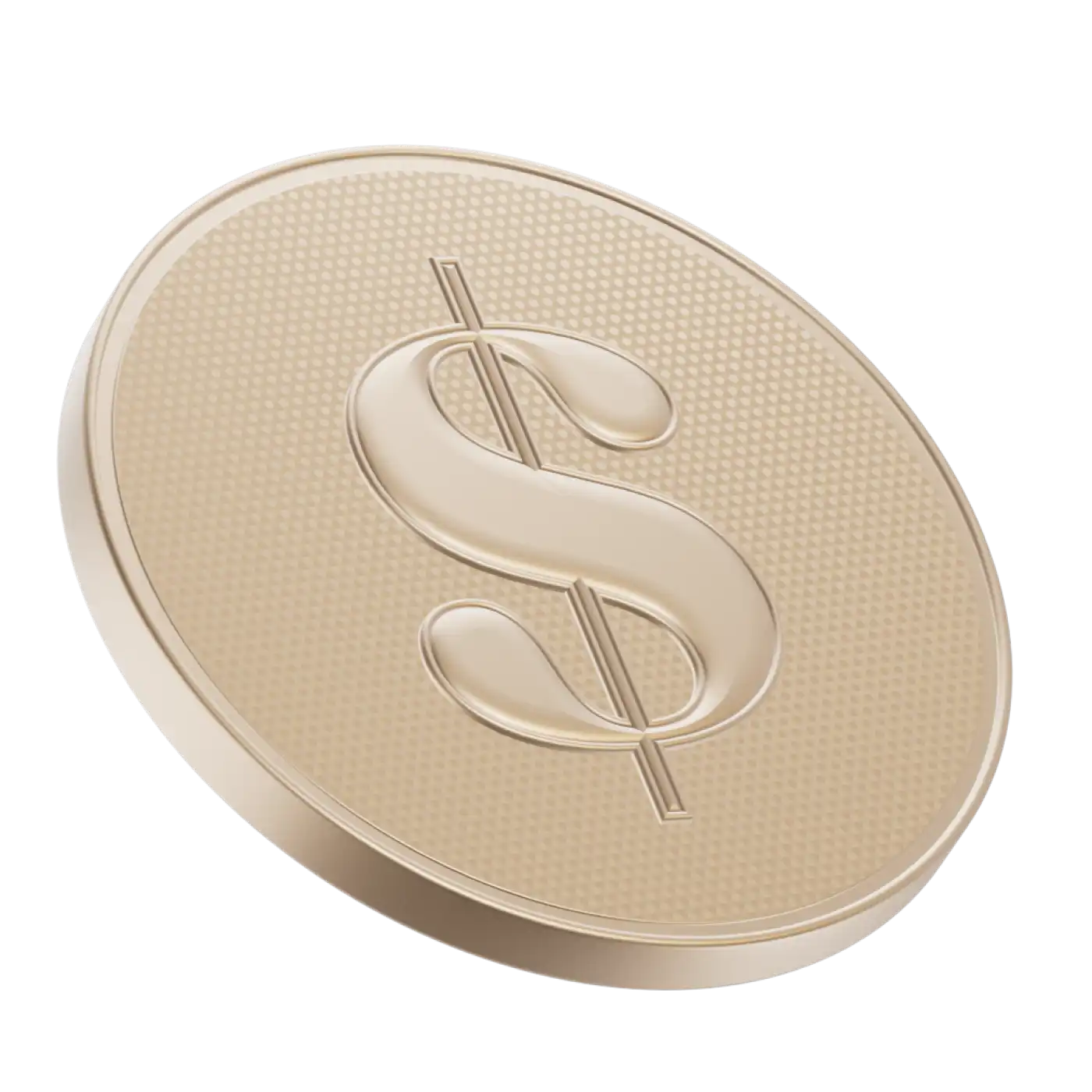A Registered Education Savings Plan — or RESP — is a tax-advantaged savings account for post-secondary education that has funding opportunities by the Canadian government through grants and eligible bonds. Anyone can open and contribute to an RESP (parents, grandparents, an aunt, or a parent’s friend).
There are three important entities involved in an RESP:
Subscriber: The subscriber is the one who opens up an RESP and contributes to it.
Beneficiary: The beneficiary is the child who receives the contributions for the education plan and education-related expenses. Family plans can have multiple beneficiaries.
Promoter: A promoter is an organization that offers RESPs, such as a bank, credit union, or group scholarship provider.
Types of RESPs
There are three types of RESPs you could open:
Individual or non-family RESP
Anyone can become a subscriber by setting up an individual RESP for a single beneficiary. Eligible beneficiaries can receive Canada Education Savings Grant (CESG) and Canada Learning Bond (CLB).
The subscriber doesn’t have to be related to the beneficiary by blood or adoption, and they can follow a flexible payment schedule to make contributions to the RESP (until the plan hits its maximum lifetime contribution amount).
Family RESP
Family RESP can have one or more beneficiaries, but they need to be related to the subscriber by blood or adoption (such as a stepchild, brother, or grandchild). The subscriber can self-direct the payment plan and make payments as desired.
For a family plan shared by siblings, the contributions and grants can be shared between them, too. For example, if one child doesn’t use their entire portion of the RESP, the funds can be used for the other sibling’s education. While the CESG grant can be shared with siblings, each beneficiary is entitled to a maximum CESG of $7,200.
Group RESP
Like the individual RESP, a group RESP can be set up for only one child, who may or may not be related to you. Group plans tend to have more rules and restrictions than others. The payment schedule tends to be fixed, and there are penalties for missed payments. Your contributions go to a shared pool of earnings along with other investors who have children of the same age in school that year. The funds are usually invested in low-risk investments selected by the group scholarship provider.
Benefits of RESPs
RESP grants. When you contribute to the RESP, the government will match your contribution through the CESG by 20% for contributions up to $2,500 every year. This means you can receive a maximum CESG contribution of $500 per year in your RESP. Based on income eligibility, beneficiaries can also receive additional CESG and CLB.
Savings grow tax-deferred. The savings in an RESP grow tax-deferred which means that as long as the money is in the RESP, so as the contributor you won’t have to pay any taxes on any gains as they grow.
Less or no tax on Educational Assistance Payments (EAP). Grants from the government and earnings in the RESP account make up the EAP portion of the account. When the student withdraws EAPs, this amount is taxed. Typically, their income is either not taxable or they are in a low-income tax bracket, so they pay little or no tax when they make their withdrawals.
Choice of investments. The subscriber can choose investment options in an RESP. In most cases, an RESP can allow you to invest in mutual funds, exchange-traded funds (ETFs), GICs, stocks, and bonds.
Anyone can contribute. Anyone can set up and contribute to an Individual RESP for a child they care about. Letting family members contribute toward your child’s future education is a great way to give your child a financial head start. You can also accept contributions from your friends and family as gifts.
Flexible options. RESPs are not just for college and university, they can also be used for trade schools and apprenticeship programs as well.
Length of time to use. While an RESP is meant to be used for post-secondary, it doesn’t need to be used immediately. An RESP can remain open for 36 years after the account is opened, which gives the beneficiary time to decide where and how the funds will be used.
Adults can use them too. If you’re an adult looking to go back to school, you can also open an RESP to start saving towards your investment in education. While you can’t qualify for any government grants or benefits, your savings can still grow tax-deferred.
Drawbacks of RESPs
Grant funds may be returned. The funds are to be used for the beneficiary’s education. If the child decides not to pursue post-secondary education or the subscriber needs to withdraw the money for any other reason, any grant money is to be returned to the government.
Taxes and penalties. If interest/earnings in the RESP is not used by the beneficiary through an EAP, accumulated interest can be paid out on its own. This is called an Accumulated Income Payment (AIP) and is usually paid to the subscriber. It is taxed at the regular income tax rate of the subscriber, plus an additional 20%.
Limitations of RESPs
Although RESPs provide several benefits when saving for education, it has certain limitations:
Regardless of a family’s income, no child can collect more than the maximum lifetime limit of $7,200 from the CESG.
There is a lifetime contribution limit of $50,000 per beneficiary. Over-contributing to an RESP incurs a 1% monthly taxes, and the excess must be withdrawn to avoid them.
If the subscriber of RESP dies without a will instructing where the funds should go, the RESP contributions would belong to the deceased subscriber of the RESP, meaning that the court will decide what happens with the RESP money. In such cases, there is a risk that the RESP money might not make it to the beneficiary.
What happens if you don’t use your RESP?
While the RESP can remain open for 36 years before it needs to be used, if the beneficiary decides to not pursue post-secondary education at all, they have the following options:
Withdraw from the RESP. Withdrawals from RESP accounts that are not used for educational purposes are taxable. You’ll have to pay taxes on the earnings (not the entire amount). And the money from government grants must be returned to the government. You can also send back the money from contributors to their bank accounts.
Transfer to another RESP. There are no penalties and repayments on RESP transfers. The entire amount (including grants) can be transferred to another beneficiary in an individual plan. For family plans, other beneficiaries can use the RESP contributions as designated by the subscriber.
Transfer the RESP to an RRSP. The amount in your RESP, up to $50,000, can be transferred to your Registered Retirement Savings Plan (RRSP). But the RESP account must have been active for 10 years, and the beneficiaries must be over 21 years of age (having no plans to pursue higher education). The government’s financial grants must also be returned.
How to maximize the CESG
The Canadian government matches 20% of your contribution in an RESP up to $2,500 per year through the CESG. This means that if you contribute $2,500 in a year, you can receive $500 for the year. Eligible beneficiaries can also receive additional CESG and the Canada Learning Bond.
To maximize the RESP grant, contribute $2,500 per year, per child (beneficiary) for 14 years. Then top it off with an extra $1,000 in the 15th year to receive the maximum CESG of $7,200 per beneficiary. You can also receive an additional $500 per year in CESG if you missed the previous year’s set of grants.
In the event you accidentally over-contribute and need to reduce the balance back to $50,000 to prevent tax penalties, you can transfer it into a Tax-Free Savings Account (TFSA) to later use for the child’s education or life expenses.
RESP withdrawal rules
There are many rules specific to the withdrawal of RESP money. Here are the basics of what you should know before you attempt to take money out of your RESP:
Only the subscriber (person who set up the account and made contributions) can make withdrawals. Withdrawals of contributions made by the subscriber are called Post-Secondary Education Payments (PSE). They may be sent to either the subscriber or beneficiary. Withdrawals of the government grants/bond portion can only be sent to the beneficiary in EAPs. The subscriber must provide the student’s proof of enrollment in a program before being able to access funds.
PSE payments aren’t taxable.
When the beneficiary qualifies to receive the RESP money, the money can be withdrawn as an EAP. An EAP consists of the earnings on the contribution amount and the grant money. The tax is payable on the portion of EAP withdrawals. The financial institution that holds the RESP will issue a T4A tax form in the student’s name for EAP payments.
For students enrolled in a full-time program, there is an $8,000 EAP limit (or $4,000 for part-time programs) during the first 13 weeks of admission to an educational institution. After the student has been enrolled in the educational institution for 13 weeks, any amount of EAP can be withdrawn. There is no limit on the amount of PSE that the subscriber can withdraw.
RESP vs TFSA
TFSAs and RESPs are both tax-advantaged savings accounts, they have their own benefits and drawbacks, depending on your situation. A TFSA may not provide as many government benefits as the RESP, but since taking money out of it has fewer restrictions and no tax consequences, it’s much more flexible. And while the earnings made inside the RESP account, aren’t taxed until they are withdrawn, an RESP’s earnings can only be used for educational purposes. It doesn’t have the flexible spending possibilities that a TFSA has.
The EAP amount withdrawn from an RESP is subject to taxes in the hands of the beneficiary. RESPs are also treated differently than TFSAs when it comes to estate planning. An individual can name beneficiaries for their TFSA but not for their RESP. Ideally, you should add another subscriber to the RESP who can take over the account in case of your passing.
TFSAs are great for savings goals since the money you withdraw isn’t subjected to taxes, while RESPs are great resources for young people starting off in their education and their financial journey.


